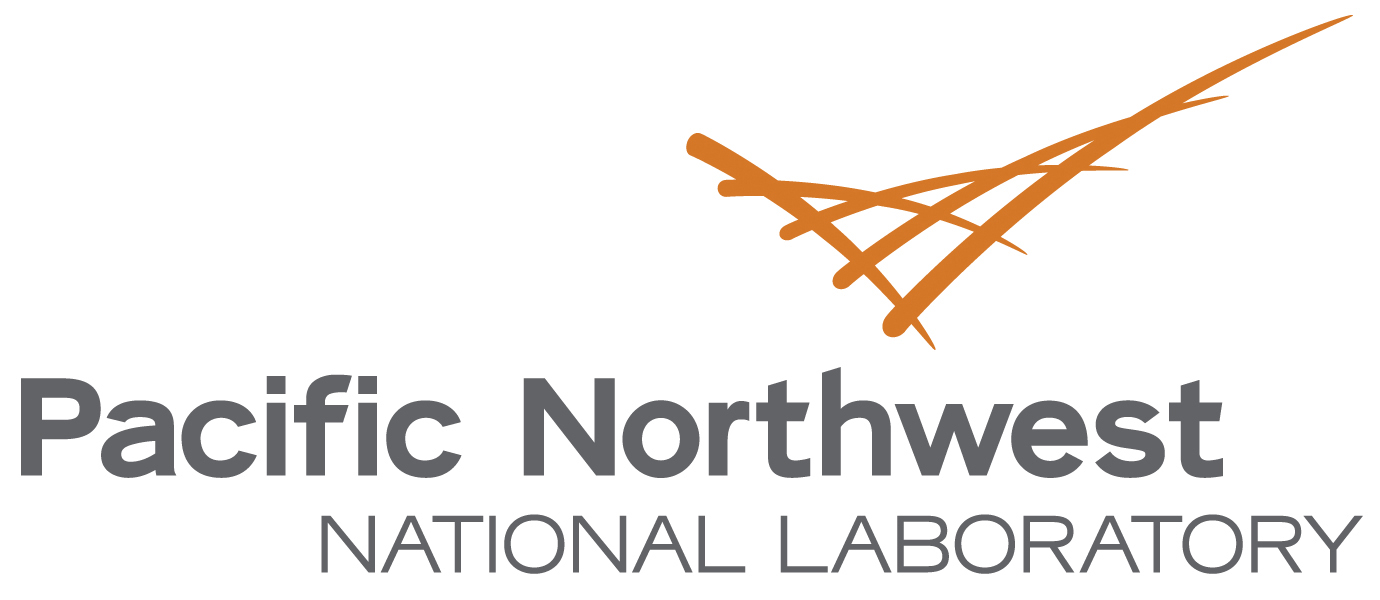By Coydon Ireland
Newswise — Water is wet. Check.
The sun rises in the east. Check.
Exercise is good for you. Yep: Check again.
Research definitively confirms that muscle-moving, calorie-burning activity slows the advance of disease, improves cognitive function, boosts the immune system, and reduces rates of mortality from all causes.
Scientists are now going even deeper into the effects of exercise on humans and other mammals by investigating the impacts of exercise at the molecular level. They aim to uncover, at the smallest scales, the impacts of exercise and to better understand how the body works in states of health and disease.
Molecules are clusters of atoms. They represent the smallest unit of a chemical compound that can take part in a chemical reaction. Such chemical reactions in proteins, carbohydrates, lipids (fats), and nucleic acids—the “omics” (cellular components) that control the inner workings of every organ system.
Exercise appears to change these molecular workhorses in ways that are poorly understood. Identifying such changes, however, holds out the promise of clinical benefits for all humans, regardless of age, sex, body composition, or fitness level.
The genesis of MoTrPAC
In late 2016, to find out more about exercise-induced changes at the molecular level, the National Institutes of Health Common Fund began supporting expanded research into mapping the smallest details of how exercise helps maintain healthy tissues and organ systems. That led to establishing a national group of collaborative experts called the Molecular Transducers of Physical Activity Consortium (MoTrPAC).
From the start, Pacific Northwest National Laboratory (PNNL)—under the direction of biochemists Josh Adkins and Wei-Jun Qian—has been among MoTrPAC’s nationwide centers of expertise in animal and human exercise, biomolecular analyses, and bioinformatics. The consortium’s biomolecular analysis centers use an omics approach to analyze genes, proteins, or other biomolecules at a whole-body level. Ultimately, the goal of MoTrPAC is to create a molecular map of exercise responses in both human and animal models. From muscle to molecule, such a map would help reveal how exercise affects health.
“The ability to see broad molecular responses across organs in the body is particularly intriguing,” said Qian of molecular mapping. “Such knowledge could be a strong motivating factor for exercising.”
An emphasis on proteomics
PNNL’s main role in MoTrPAC is to investigate exercise-induced changes in proteins and post-translational modifications (PTMs).Proteins are made of amino acid chains that fold into three-dimensional structures and that then regulate tissue and organ structure and function. PTMs are processing events that alter protein functions by chemically modifying specific amino acids within a given protein. Studying changes in all detectable proteins and their PTMs in a sample is called proteomics.
“We’ve been central to the study design of the consortium from the very beginning, with an emphasis on proteomics,” said Adkins. He acknowledged a critical partner: Steven Carr and his proteomics group at the Broad Institute, a research center directed by Harvard University and the Massachusetts Institute of Technology.
A mapping challenge
In a 2020 perspective overview in the journal Cell, Adkins and PNNL biomedical scientist James Sanford joined with other coauthors to describe molecular “cross talk,” a kind of chemical telegraph prompted by exercise among a variety of tissues. The study also outlined the importance of mapping such molecular exchanges. The Cell paper also introduced the idea of a public MoTrPAC dataset to help find the hidden mechanisms behind the benefits of exercise. It is now thriving and growing. One of the lead analysts for the dataset is PNNL chemist Paul Piehowski.
For Adkins, Qian and others on PNNL’s MoTrPAC team, proteomics research depends on instruments at the Environmental Molecular Sciences Laboratory (EMSL), a Department of Energy Office of Science user facility located on the PNNL campus. EMSL’s capabilities include an array of high-end orbitrap mass spectrometers. They produce analyses that help identify and quantify proteins and other molecules from a variety of tissue types and samples.
MoTrPAC “is huge in scope,” said Adkins. “PNNL’s scale of operation allows us to do something of this size with very high quality and high operational reproducibility.” He called the PNNL-EMSL role in MoTrPAC “a tour de force for a proteomic study. Few on this scale have been done before.”
###
About PNNL
Pacific Northwest National Laboratory draws on its distinguishing strengths in chemistry, Earth sciences, biology and data science to advance scientific knowledge and address challenges in sustainable energy and national security. Founded in 1965, PNNL is operated by Battelle for the Department of Energy’s Office of Science, which is the single largest supporter of basic research in the physical sciences in the United States. DOE’s Office of Science is working to address some of the most pressing challenges of our time. For more information, visit https://energy.gov/science. For more information on PNNL, visit PNNL's News Center. Follow us on Twitter, Facebook, LinkedIn and Instagram.


